ID Your Bee
Learn the Difference Between Common Bee Species
At TruNorth Bee Removal, we believe in educating our community about the different types of bees and stinging insects you may encounter. Understanding these species can help you identify potential issues and decide on the best course of action. Below, you’ll find descriptions and pictures of the most common bees and stinging insects found in the Chicagoland and surrounding areas.
Honey Bees
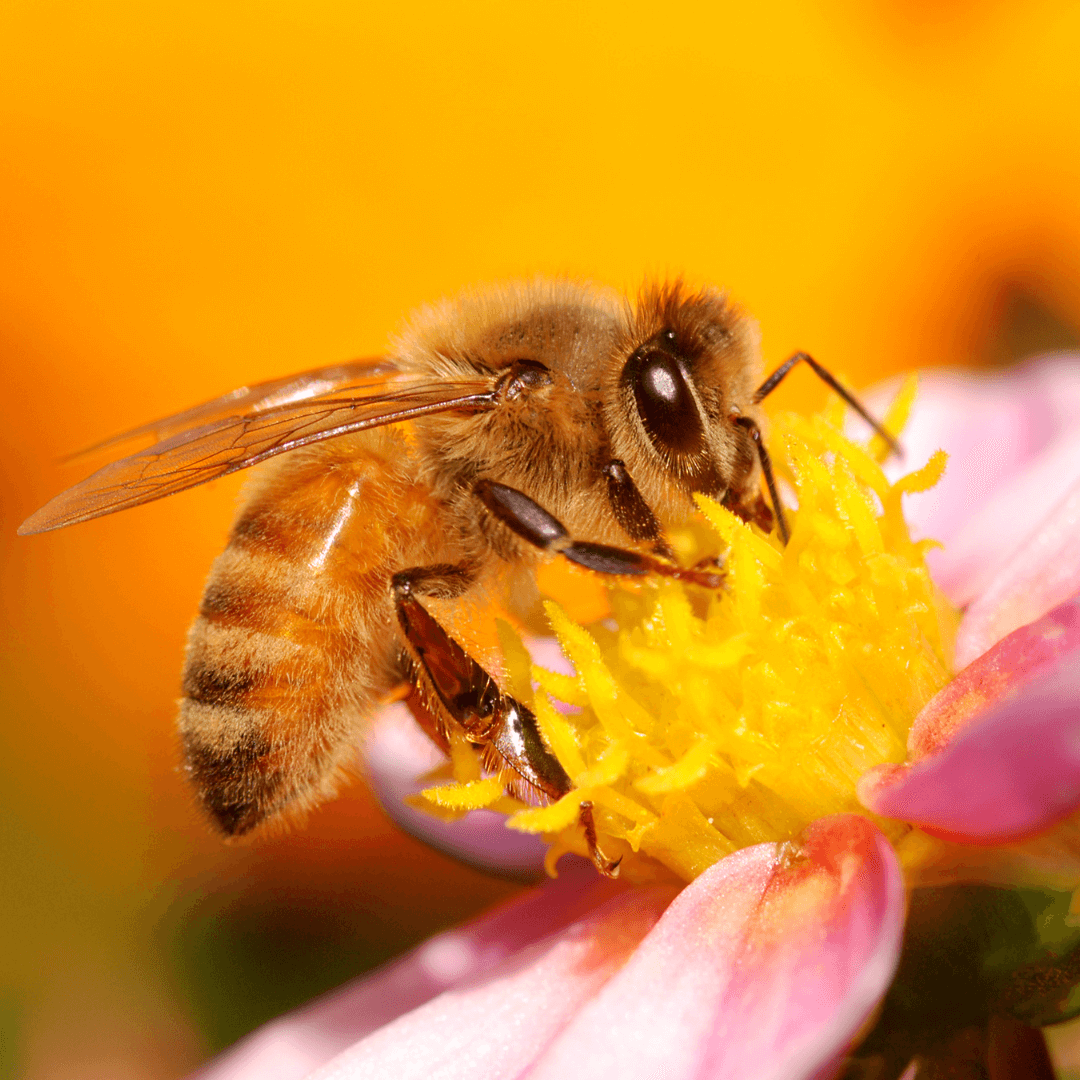
Description: Honey bees are small, fuzzy, and golden-brown with black stripes. These beneficial insects are essential for pollination and honey production. Honey bees are usually non-aggressive when undisturbed, and their stings are used as a defense mechanism.
Behavior: They live in large colonies, with a mature hive containing 30,000-60,000 bees and producing 50-100 pounds of honey per year. A healthy colony can survive through multiple winters and will reuse the same nest every year.
Yellow Jackets
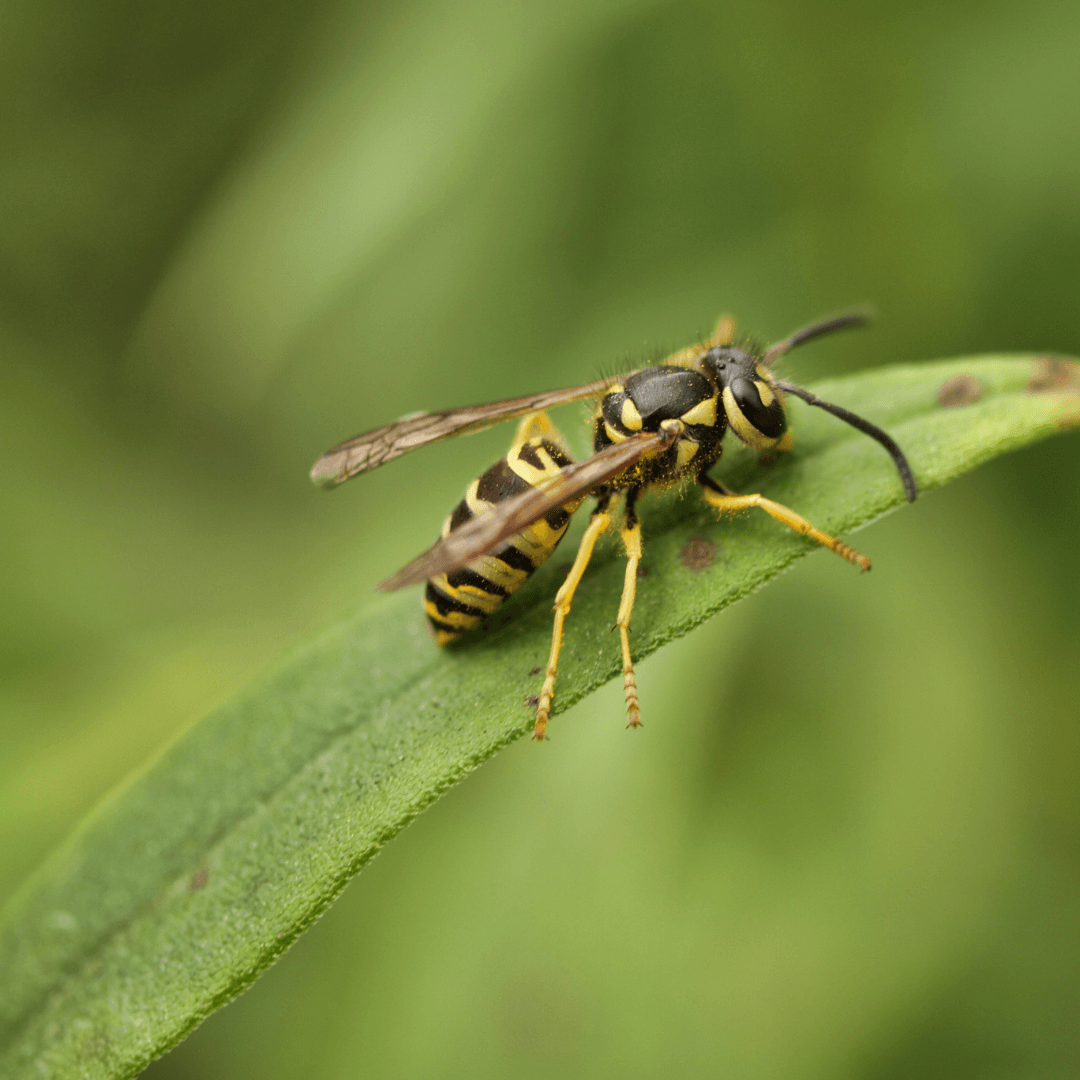
Description: Yellow jackets are small, yellow and black striped wasps with a slender body and noticeable black markings. They are often mistaken for bees due to their similar coloring, but they are more aggressive and have a smooth body with no hair. Both German and eastern yellow jackets are common to this region.
Behavior: Yellow jackets are highly territorial and can sting multiple times. They are attracted to food and sugary drinks, making them more likely to be encountered in outdoor settings. After raising dozens of queens in the fall, yellow jacket nests will die out in the winter and old nests are not reused. Queens hibernate and choose new nesting locations the following year.
Bald-faced Hornets

Description: Bald-faced hornets have black and white coloration with a characteristic white face. These hornets are larger than yellow jackets and have smooth, shiny bodies.
Behavior: Bald-faced hornets are highly aggressive and will defend their nests fiercely. They often build large paper-like nests in trees or under roof eaves.
European Hornets

Description: European hornets are larger than yellow jackets and bald-faced hornets, with a brownish color and yellow-orange markings. They have a more robust appearance and are often found in wooded areas or near homes.
Behavior: European hornets are less aggressive than bald-faced hornets but will sting if provoked. They tend to build their nests in hollow trees, attics, or wall voids.
Bumble Bees
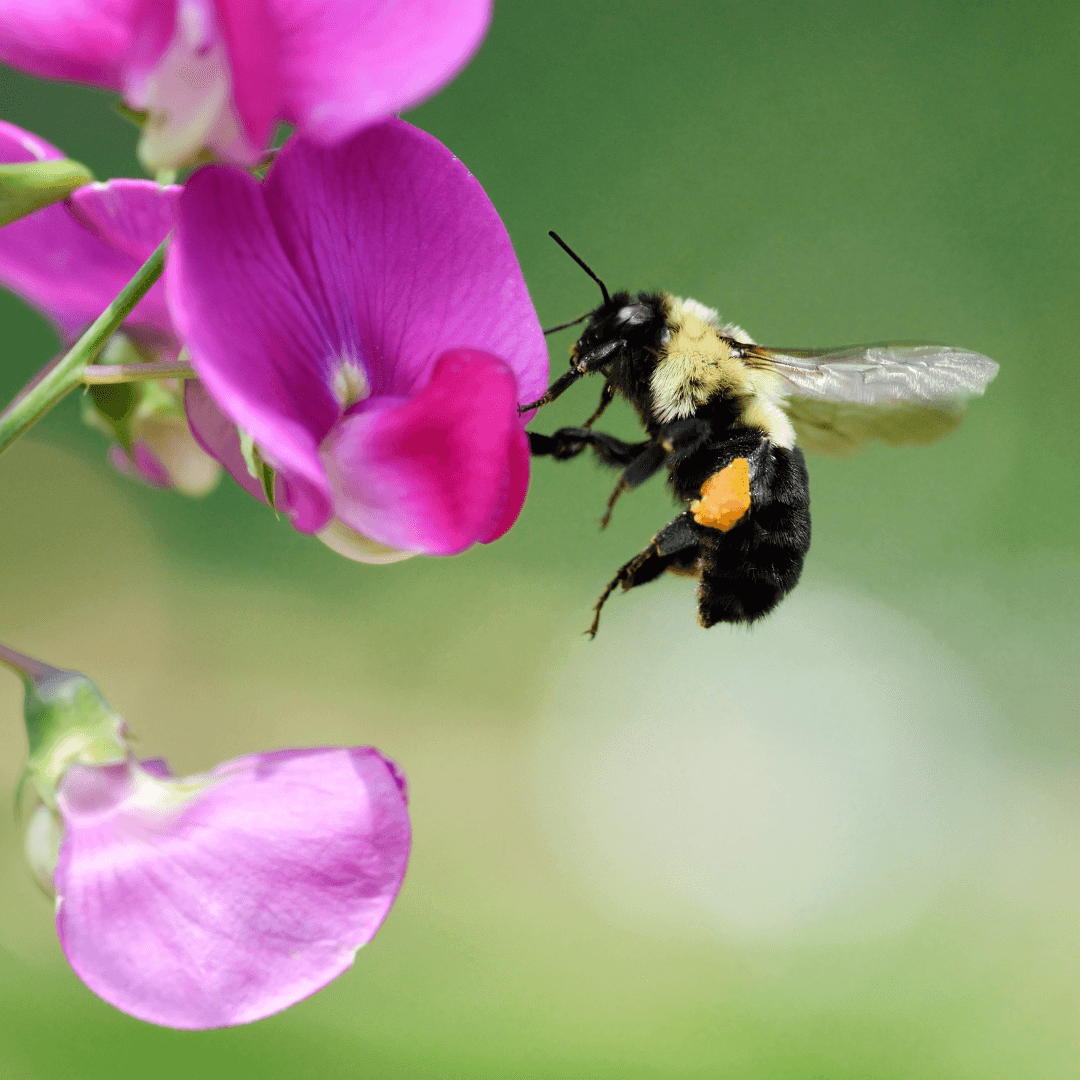
Description: Bumble bees are large, fuzzy bees with black and yellow stripes. They are known for their friendly nature and important role in pollination.
Behavior: Bumble bees are non-aggressive and usually won’t sting unless provoked. They form smaller colonies compared to honey bees and nest in the ground or in abandoned animal burrows.
Carpenter Bees
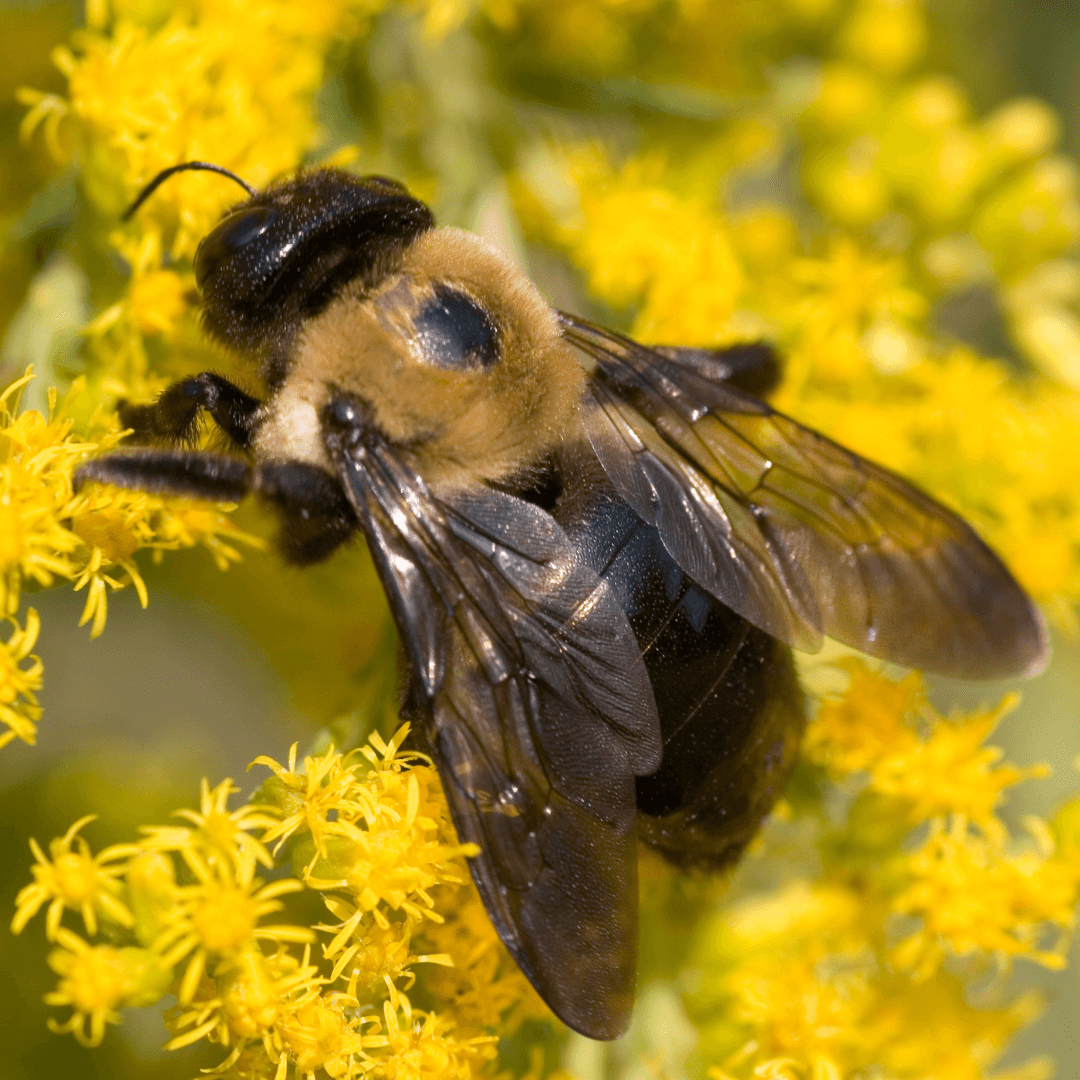
Description: Carpenter bees resemble bumble bees, but they have a shiny, black abdomen instead of a furry one. They are large and tend to hover around wooden structures.
Behavior: While carpenter bees don’t sting aggressively, they bore holes into wood to build nests, which can cause damage to structures. TruNorth Bee Removal does not remove carpenter bees.
Paper Wasps
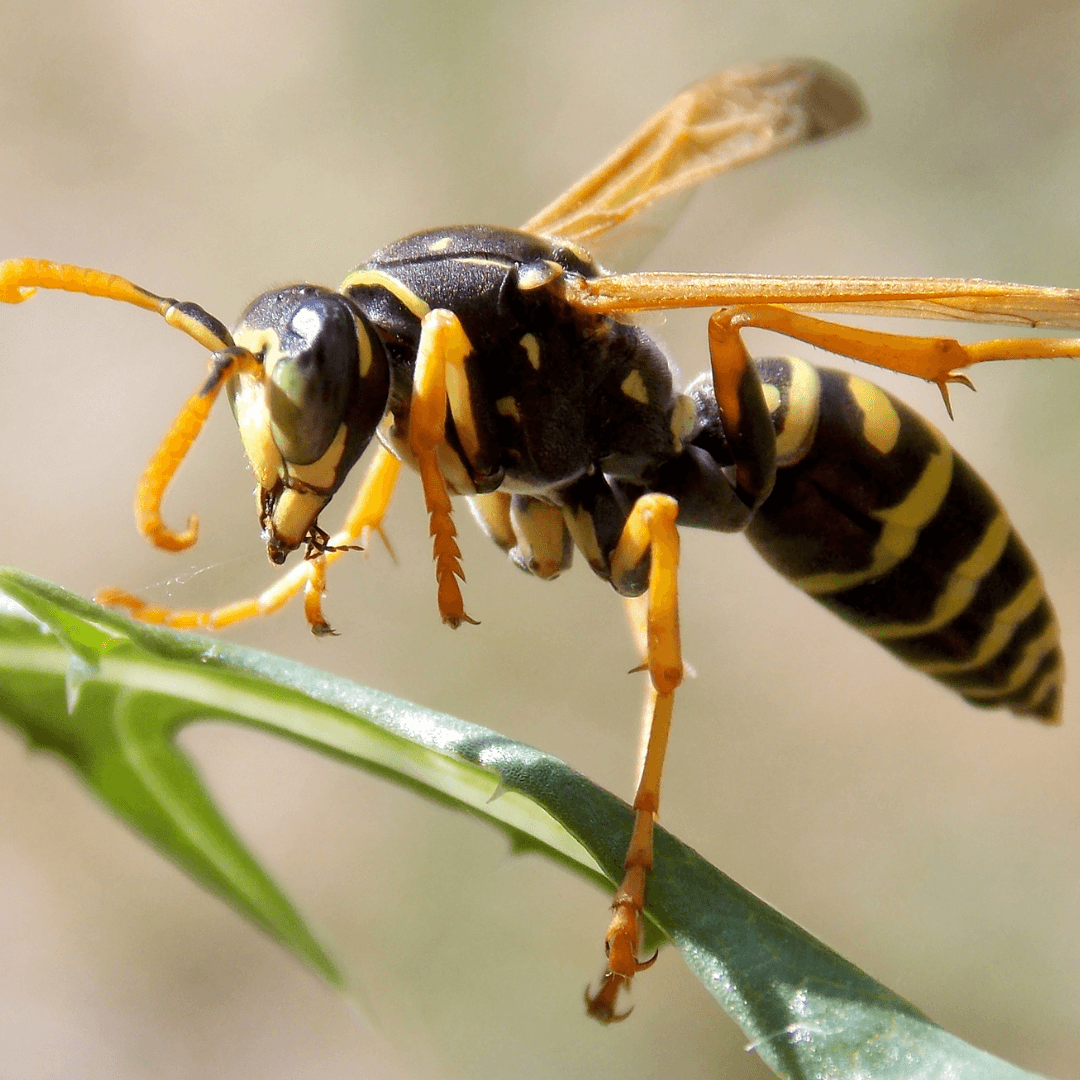
Description: Wasps are slender insects with a smooth body and distinctive black and yellow or red coloration. Unlike bees, wasps don’t have fuzzy bodies.
Behavior: Wasps are more aggressive than bees and can sting multiple times. They build their nests in hidden spaces like wall voids, attics, and under eaves. TruNorth Bee Removal does not remove paper wasps.
Mason bee
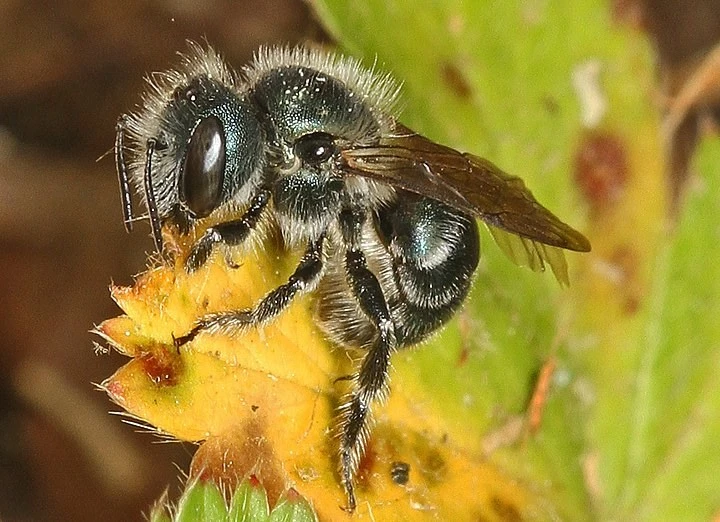
Mason bees are a group of solitary bees known for their gentle nature and excellent pollination abilities. Unlike honeybees, they do not live in hives or produce honey, but they are highly efficient pollinators—often outperforming honeybees in certain environments.
Key Characteristics of Mason Bees
- Solitary lifestyle: Each female mason bee is a queen and builds her own nest. They do not form colonies or have worker bees.
- Nesting habits: They get their name from their use of mud (like a mason) to construct and seal off nesting chambers. They often nest in small natural holes, like those found in wood, hollow stems, or artificial bee houses.
- Pollination power: Mason bees are extremely effective pollinators. For example, a few hundred mason bees can pollinate an acre of apple orchard, a task that would require thousands of honeybees.
- Gentle demeanor: They are non-aggressive and rarely sting. Even if they do, their sting is much milder than that of a honeybee.
At TruNorth Bee Removal, we specialize in safely removing honey bees, yellow jackets, bald-faced hornets, and European hornets. If you need assistance identifying or removing any of these stinging insects, please contact us! We do not handle carpenter bee or paper wasp removals, but we’re happy to offer guidance and connect you with the right resources.

